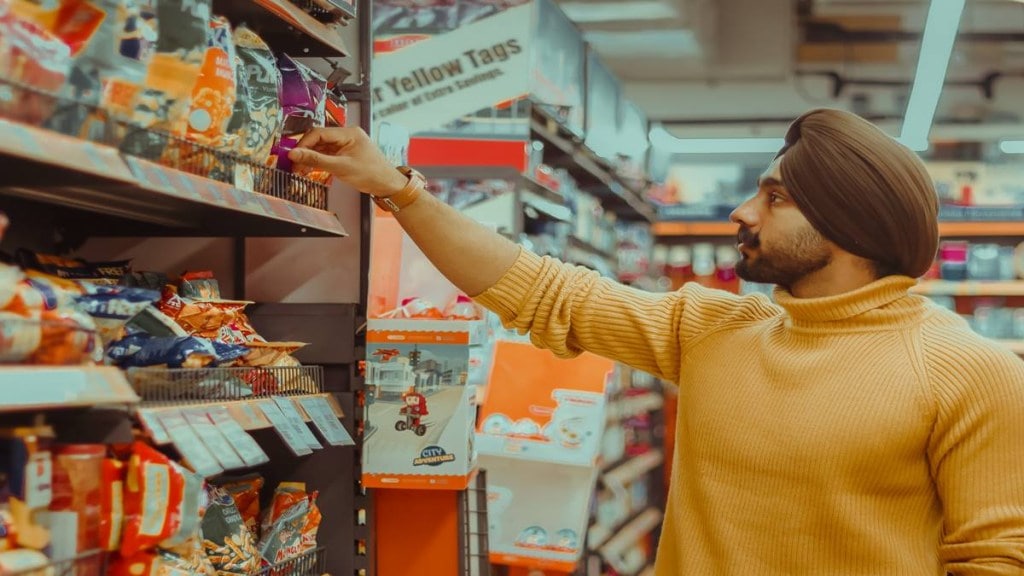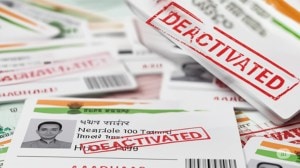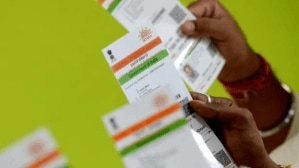As consumers, we have so much power to change the world by just being careful in what we buy — These words by actor and influencer Emma Watson are deeper than we think. Our buying habits online spread like wildfire today. When combined with the power of analytics, these translate into a plethora of suggestions about products on your feed that claim to be green, clean, and sustainable. If you are a mother you would identify with this a lot! How many times have you come across numerous ads for a cream that is scent-free and natural, or a diaper that does not give rashes because it is made of organic material? This is where the mystery and a potential bluff are also unfolding in the form of greenwashing.
It is very easy to claim that a product is conscious/clean but how do you verify this? Is there a way to understand what goes into the products you are buying or understand the label? To understand all of this, we got in touch with Neha Gahlaut, Co-Founder & Chief Marketing & Growth Officer, OneGreen. Let us dive beyond the label to find out more.
What are preservatives?
Substances that are made from natural ingredients such as food items are perishable by nature. However, for these to be stored, transported, and sold across long distances, and to extend their shelf life, it becomes imperative to add ‘preservatives’ or ‘substances that help preserve an item.’ These prevent the growth of bacteria, yeast, mould, and food contamination from such causes. There are two main categories of preservatives: artificial and natural. The popular types of artificial preservatives include antioxidants, antimicrobials, benzoates, chelating agents, nitrates and nitrites, sorbates, propionates, sulphites, and enzymes. Theseare extracted from plants, fruits, and other purely natural sources to preserve food and other items.
In the absence of any kind of preservatives, perishable products tend to get spoiled quickly, and might not survive long-distance shipping or stocking over a longer period of time. That’s why manufacturers use preservatives in products like food, medicines, cosmetics, wood, etc., to ensure that they remain safe and usable for a longer time.
Understanding preservative-free
Preservative-free products are those that do not contain any kind of artificial ingredients. They reduce the risks or exposure to side effects mentioned above and usually have a fresher and more enjoyable taste compared to those containing chemical preservatives. Even though the shelf life of such products is considerably shorter than the products with preservatives, they are more wholesome and natural.
Checking the label
While purchasing any product, check the label for words like ‘preservative-free’, ‘no-preservatives’, ‘no artificial preservatives’ etc. On the other hand, products that list sulphites, nitrates, paraben, benzoates, etc., as ingredients, should be avoided. In many cases, companies tend to use scientific names for chemical ingredients to confuse consumers. Make sure to check the names of such ingredients online on your smartphone to reassure yourself of what those are.
There are green marketplaces today that stock only those products that have been certified as clean and free of toxins. All the products listed on this kind of platform go through a stringent green quality index test before being certified as clean. It is a good idea to purchase products from such a verified marketplace as you would not need to undergo the process of checking the labels time and again. Green marketplaces offer product choices that are mom-approved and certified as safe for consumption as well – be it food or diapers and other things.
Conclusion
Healthy living is for everyone, and with growing awareness, access to products that are 100% preservative-free or contain no artificial ingredients, is no longer difficult. Switching to preservative-free products is one of the key steps to making your lifestyle and consumption habits healthier and more sustainable. Go ahead and make well-informed choices about the products you use every day!








